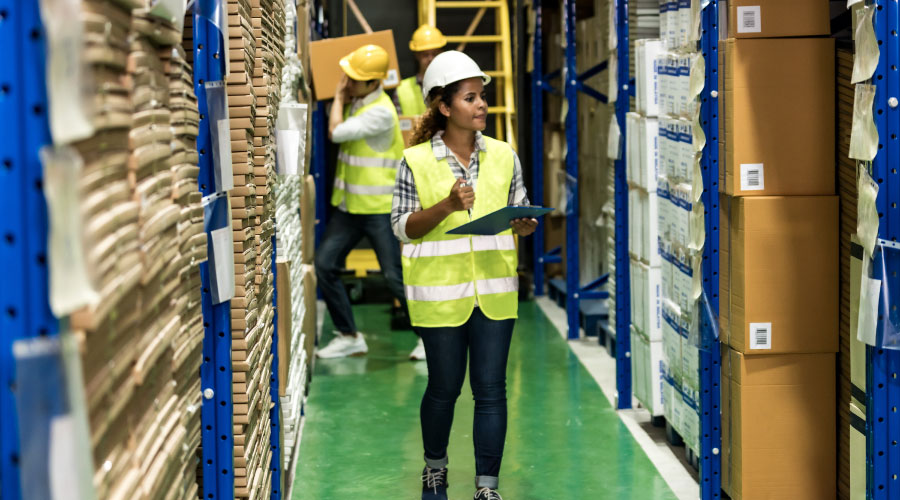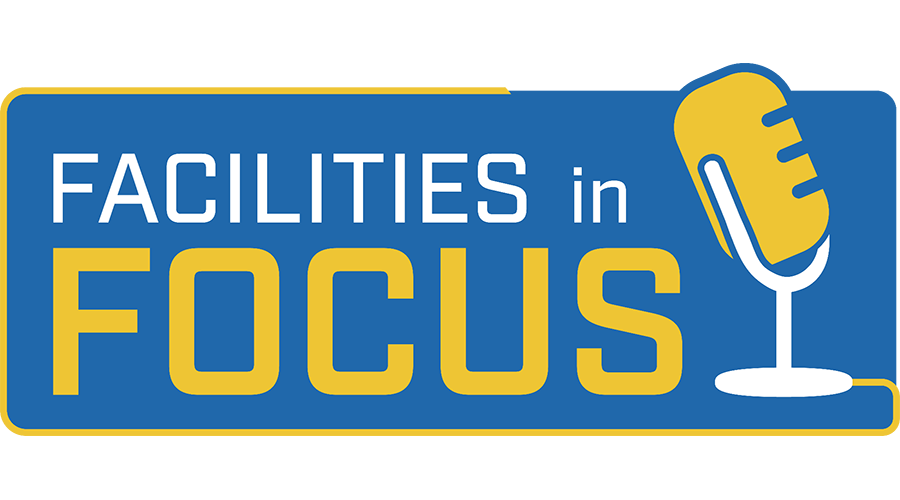Keeping George Washington University's Core Mission In Mind Helps Facility Department Meet Green Goals
Honoree: George Washington University
Project: Eco-Building Program
At George Washington University (GW), it wasn't so much an issue of facilities examining how they could tap into their organization's mission. GW's mission, in the form of its students, was clamoring for a greener campus. The trick was how to overcome the hurdles to get there.
When the university created an innovation task force that had a goal of redirecting savings towards academic programming, GW's vice president of operations was able to align with that effort and launch the eco-building program. A loan would finance deep energy retrofits, and the savings would pay back the loan, with any remaining savings going to fund academic programming.
The university was already going to renovate a central block of campus around the iconic but aged Gelman Library. This block — the library, an auditorium, a large academic building, and several smaller buildings on a shared steam loop — was the second largest energy consumer on campus.
To minimize disruption on the campus, the eco-building program focused energy retrofit activities on the Gelman block. These included replacing air handlers, adding boiler controls, installing electric chillers, installing submeters, and updating lighting from T12s to T8s or metal halide to LEDs, among many other upgrades.
Granted, the GW students might have preferred splashier upgrades, but facilities limited the projects to what they knew would serve the greater purpose. When they were developing the plan for which projects to do, the eco-building program team considered what students were asking for, says Andy Ludwig, energy and environmental projects facilitator at GW. Typically, students want things like solar panels, which are much more glamorous than boilers and chillers, but it's the latter that will have a much bigger payback. "We took (student preference) into consideration and sprinkled it in where we could, but we used what we knew had to be done first."
Although most organizations recognize the value of energy efficiency, it can still be a challenge to make it a reality, says Ludwig. And while students are fully supportive of efforts to green a university, earning buy-in among staff and faculty can still be a little tricky, he says. By being able to fit the retrofit projects under the umbrella of the innovation task force and show a direct benefit to academic programming, instead of keeping conversations limited to the energy and cost savings, the eco-building program was able to leverage a tie to the university's core mission to gain buy-in with all the necessary parties.
Related Topics:

















